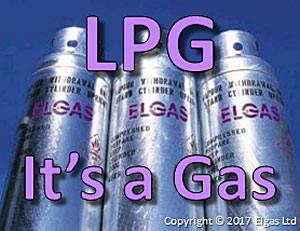Thousands of frustrated Ugandan households will be switching back to wood fuel after a government project that would have seen them shift to clean energy ran into logistical challenges after covering just nine percent of the targeted population since July last year.
The stall in the subsidised cooking gas project joins Kenya’s own initial idea of supplying cheaper cooking gas to homes, which collapsed due to corruption, lack of funds and poor-quality cylinders that were found to be a danger to households.
“I’ve given up after waiting for nine months. I can’t find the cylinders anywhere,” said a frustrated customer Lydia Naluswata, who operates a fast food restaurant at Seguku along the Kampala-Entebbe road.
In July last year, Naluswata missed out on the initial distribution of starter kits and was lined up for the next consignment in December only to be told her kit would be delivered in March this year. Last week she gave up after visiting several points of sale, where each time she was told to check again in May or June.
In Uganda, The EastAfrican learnt that the government has so far received and distributed only 9,000 kits, with a further 6,500 kits expected in April.
On July 5, 2021, Energy Minister Ruth Nankabirwa announced Uganda would distribute one million LPG starter kits that include a locally manufactured 13kg cylinder, accessories, and a cook stove. These were meant to ease families’ entry into the bracket of cooking gas users. So far, just about 0.8 percent of Ugandan homes use gas to cook.
“We know that the upfront payment for the starter kit has been a bottleneck for many families to convert from using biomass to LPG,” said Nankabirwa.
The distribution of free cooking gas kits mid-last year in Uganda triggered a 29.4 percent drop in cooking gas prices, but stock-outs of government-subsidised LPG have since seen prices climb back to previous rates.
The initial cost of the subsidised kit, with accessories, was Ush300,000 ($80.26) for the 13kg pack and Ush189,000 ($50.56) for the 6kg one.
To refill the 13kg cooking gas cylinder under the scheme, users pay around Ush100,000 ($26.7).
Currently on average, it costs Ush126,000 ($33.7) to refill a 13kg LPG metal cylinder, while the 6kg can – the fastest selling and most affordable unit – costs Ush55,000 ($14.7).
The Ministry of Energy contracted Ugandan firm Burhani Engineering and Cylinder Manufacturing Industry Ltd to produce and supply the cylinders after the government identified that the tax component on imported LPG cans was prohibitive to uptake and usage.
To ease LPG access to users, the government partnered with three oil marketers – Vivo Energy, TotalEnergies, and Stabex International – to stock and distribute to first-time recipients, as well as sell cooking gas at refilling.
Cylinders under this project are labelled a definitive yellow. A survey of refilling stations within the Kampala metropolitan shows these cylinders are out of stock.
Read more in The EastAfrican




